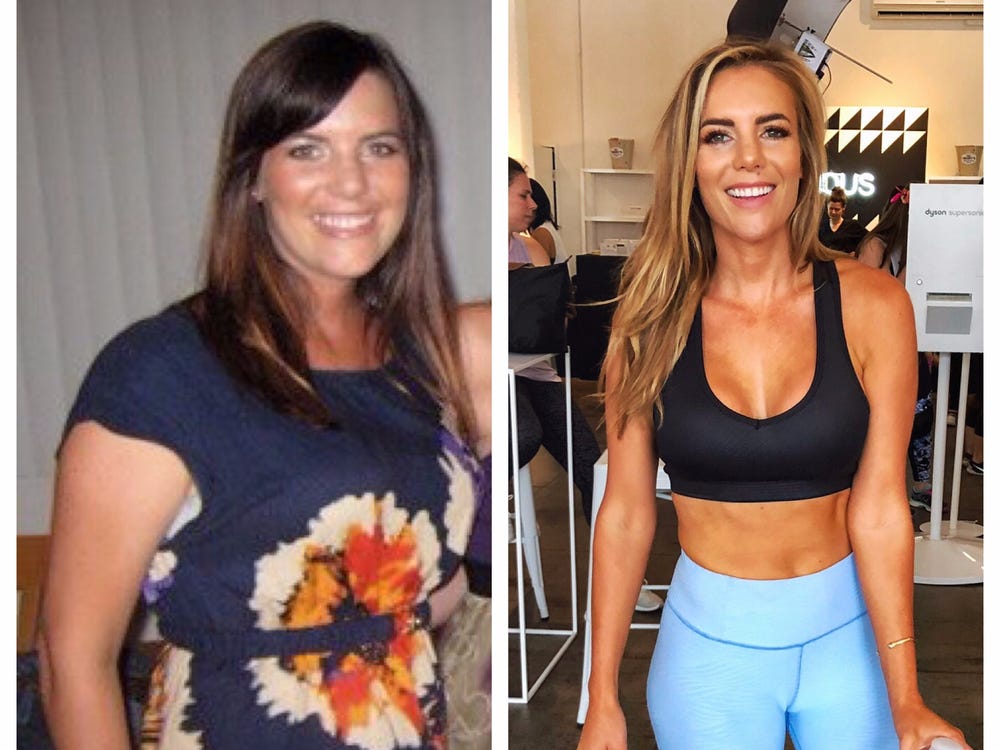
What amount of cardio should you do in order to lose weight? Low-intensity exercises can help you lose weight, while higher-intensity exercise is the best. Lower intensity workouts will result in your body burning more fat than the fuel you eat. That's according to Marta Montenegro, a certified strength and conditioning coach and adjunct professor of exercise and sports sciences at Florida International University.
Moderate aerobic exercise
Walking, jogging or swimming can all be moderate aerobic exercises for weight loss. You can also engage in more vigorous exercises, such as aerobic dancing or strength training. At least 30 minutes of exercise per day is a good goal for a moderate-intensity workout. During this time, you should add some resistance training to your exercises, such as lifting weights or resisting a rock.

Interval training
The amount of cardio required to lose weight using interval training will depend on your goals. Because it encourages the body to perform other processes quicker than with continuous moderate intensity exercises, many people find success with interval training. Interval training increases your metabolism and helps you burn fat. Consider how long your workout should take. If you're unsure, contact a certified trainer for some guidance.
Staggering workouts
You might have heard of staggered sets, but did you know that it can be very beneficial for abs, calves, and forearms? Staggering sets allow you to alternate sets from a smaller part of your body with a larger. You could do two sets each of crunches and two sets on one bench, while doing two sets on the other bench. However, if your body part is so small that you cannot perform both sets of exercise at the same time, you should use staggered work on the smaller muscle group.
Kettlebell workouts
If you are interested in incorporating kettlebell workouts into your workout routine, you need to be familiar with the most basic exercises. To perform kettlebell exercises properly, you should first engage your core. Begin by grasping the kettlebell with one hand. Next, move forward with your right leg and bend your knees 90 degrees to your left. Then drive the bell upward with your elbow. When the bell is overhead, bring the bell back up and repeat the same movement with your left elbow.

Exercises for fat-burning
People frequently ask the question: "How many cardio should I do to lose weight?" The answer will depend on your specific goals. While cardio is good for fat reduction, it's important to consider other types such as strength training. While cardio is important for weight reduction, strength training will be crucial. Strength training increases metabolism and builds lean muscles. What amount cardio is most effective for you to lose weight will depend on your goals. Here are some guidelines.
FAQ
Is there a difference in intermittent fasting and calorie restrictions?
Calorie restriction can be defined as eating less than your body needs. Intermittent Fasting is different in that it doesn't restrict calories. Instead, the emphasis is on eating fewer calories each day.
Intermittent fasting allows you to indulge in foods that you love while feeling guilt-free.
However, both methods have their pros and cons. It is up to you to decide which method you prefer.
How long should I do Intermittent fasting to lose weight?
It is not as easy as you think. When determining the number of days you should fast for optimal fat reduction, there are many factors to consider. These are:
-
Your age. Your age. Intermittent fasting is more difficult for younger people under 40. You have less time to recover each day from fasting. On the other hand, if you're older (over 60), you may find that you don't have enough energy to sustain an extended period of daily fasting.
-
Your current body composition. A longer period of fasting is more beneficial for those with a lot of muscle mass. If you don't have a lot of muscle mass, shorter fasting periods may be more suitable.
-
How active you are. If you exercise regularly, you may need to extend your fasting window to ensure that you still get adequate rest between workouts.
-
Your past health history. Patients with certain medical conditions, such as heart disease, diabetes, or cancer, may need additional fasting monitoring.
-
What is your tolerance for stress? Stress can cause us to eat more. To avoid this problem, you may need to increase the length of your fasting windows.
-
What type of diet do you follow? Certain diets, like ketogenic diets, may require even longer fasting periods.
-
The quality of your sleep. The quality of your sleep is also a factor in increased appetite and decreased metabolism. Therefore, it may take some experimentation before determining what works best for you.
-
How much protein you eat. Protein stabilizes blood sugar levels. Therefore, eating more protein could result in lower insulin levels. This would allow for you to fast more often.
-
Individuals who are trying lose or gain weight will require longer fasting times than those who are trying.
-
What percentage of calories do you consume during your fasting window? Fasting for fewer calories per days may lead to greater fat loss than fasting with more calories.
-
Your overall fitness level. The metabolic rate of fast people who are fit is higher, which means they burn more calories each day.
-
Your gender. Men have greater appetites than women and may need to fast longer. Women may only fast for 20-30 mins each morning because they have a smaller appetite.
-
Your lifestyle. Are you someone who does a lot of exercise? Do you workout several times each week? Do you work at a desk all day? All of these things can affect the amount of time you should fast.
-
How much money do you spend on food? You don't have to spend much on groceries to eat healthy food. Whole grains are better than white bread and whole fruits are better than candy bars. Lean meats can also be saved.
-
You need to be able to control your hunger. Fasting may not be necessary if you don't want skip meals.
How to create an exercise program?
It is important to establish a routine. You must know what you will do each and every day, as well as how long it will take. This helps you plan ahead, and it will also help you avoid procrastination.
A second important thing to do is ensure you have lots of variety when it comes to your exercise routine. You don't want to become bored with exercise because then you won't stick with it.
Also, you need to keep track on your progress. It is important to keep track of how much weight you have lost and gained over time.
You can lose weight quickly if you do not gain weight. However, it's much harder to stay motivated when you gain too much weight.
You should find a balance between weight gain and weight loss. If you are unhappy about where you are, it will make you less likely to exercise.
Statistics
- According to Harvard Health, it's estimated that a 155-pound (70-kg) person burns around 167 calories per 30 minutes of walking at a moderate pace of 4 mph (6.4 km/h) (5). (healthline.com)
- According to a study sponsored by the American Council on Exercise, a person weighing around 140 pounds (64 kg) would burn 108 calories at a 30-minute beginner's Pilates class or 168 calories at an advanced class of the same duration (26). (healthline.com)
- Among women, the increase in metabolic rate was nearly 4%, or 50 more calories per day (14Trusted Source (healthline.com)
- One 6-month study showed that simply doing 11 minutes of strength-based exercises 3 times per week resulted in a 7.4% increase in metabolic rate, on average. (healthline.com)
External Links
How To
How to Intermittent Fasting
Intermittent fasting refers to a diet where you only eat one day per semaine, typically Monday through Friday. This diet aims to lower your overall calorie intake, while still ensuring you get enough nutrition. It is believed that this will help you burn fat quicker than if the meals are regular for the whole week.
The most common form of IF involves restricting calories only on certain days of the week. This means you could skip breakfast every morning and still eat what you want the rest of the week. You could choose to eat three small meals per day rather than two big ones.
There are many types of intermittent fasting. There are pros and con's to every type of intermittent fasting. Alternate-day fasting is the easiest method to get started because it doesn't require any significant lifestyle changes. Some people may find it difficult to adhere to such a strict schedule, so they might try other methods.
If you are interested in starting an intermittent fasting regime, I recommend beginning with alternate-dayfasting. This will allow for gradual transition to more extreme fasting without having to change your lifestyle.